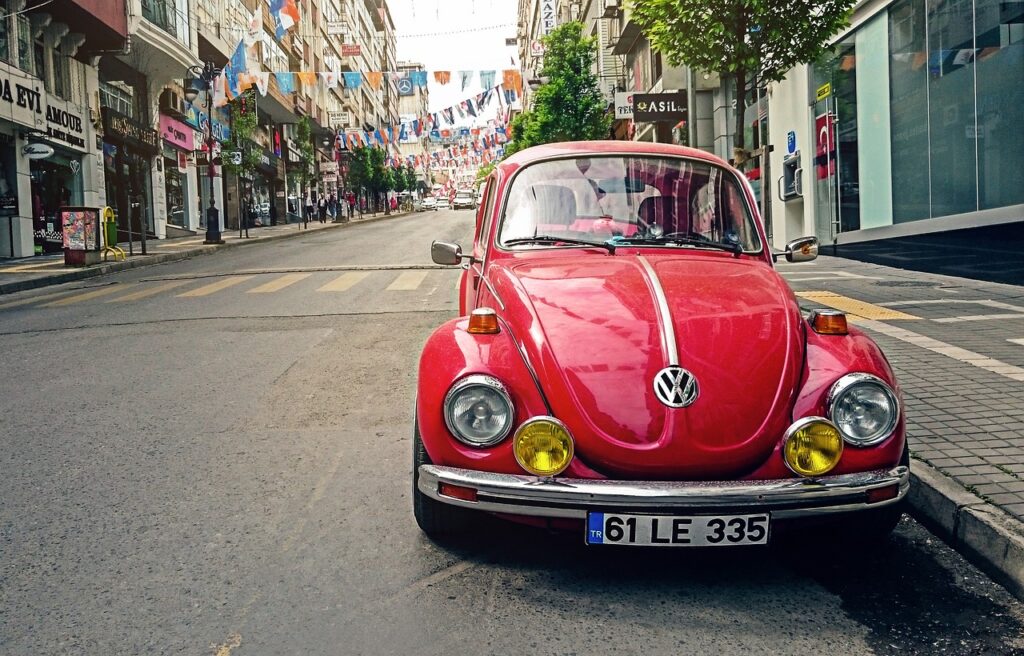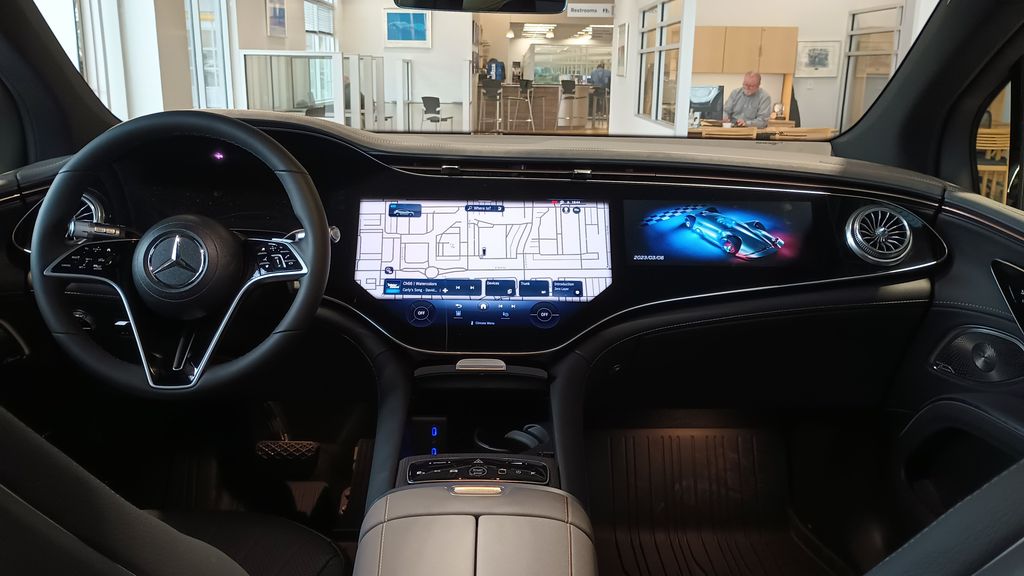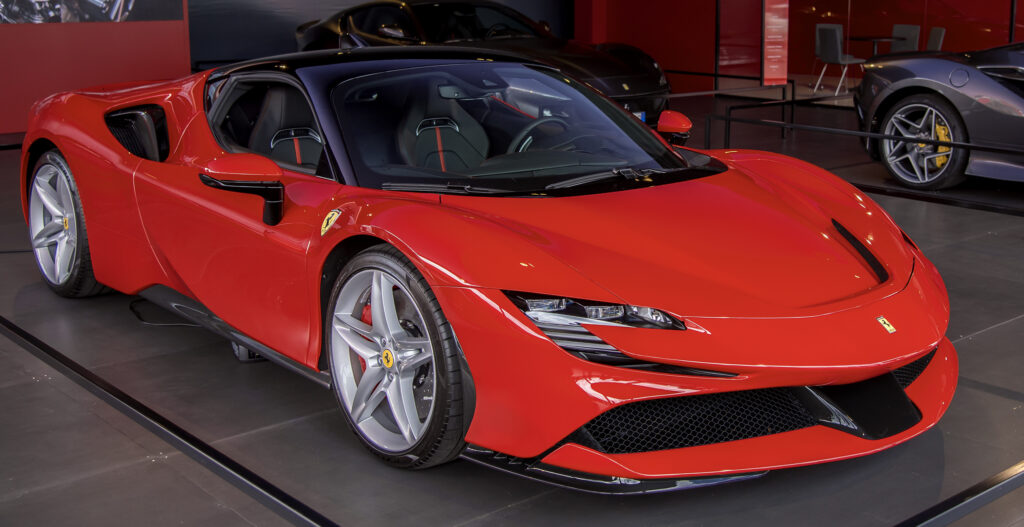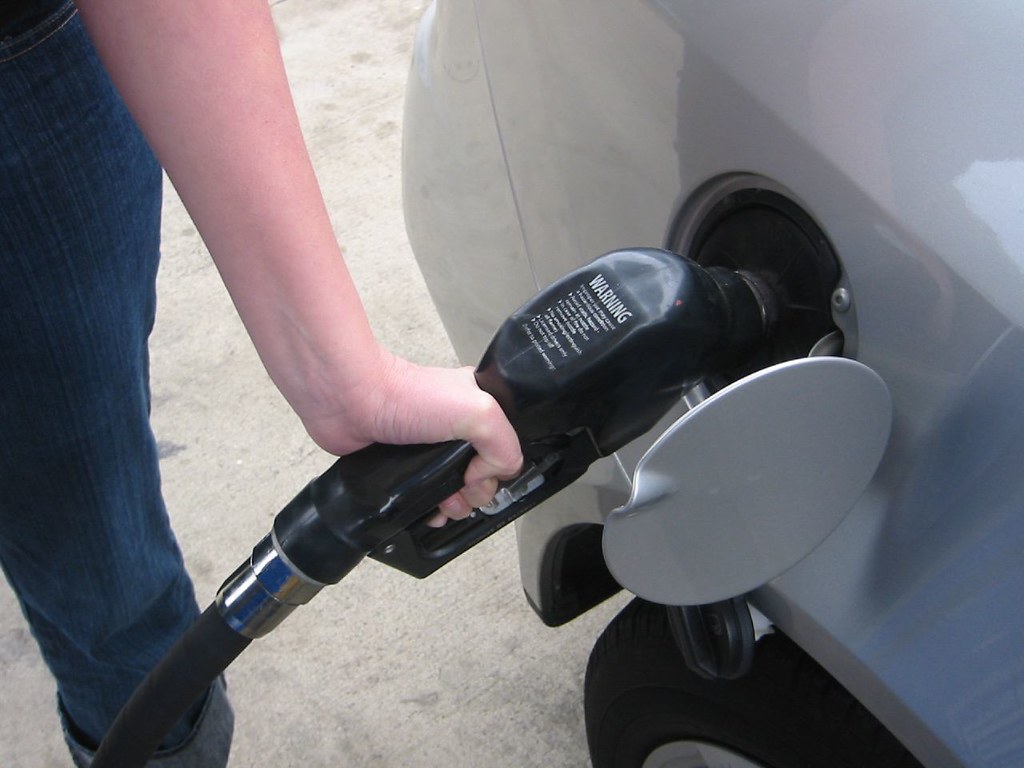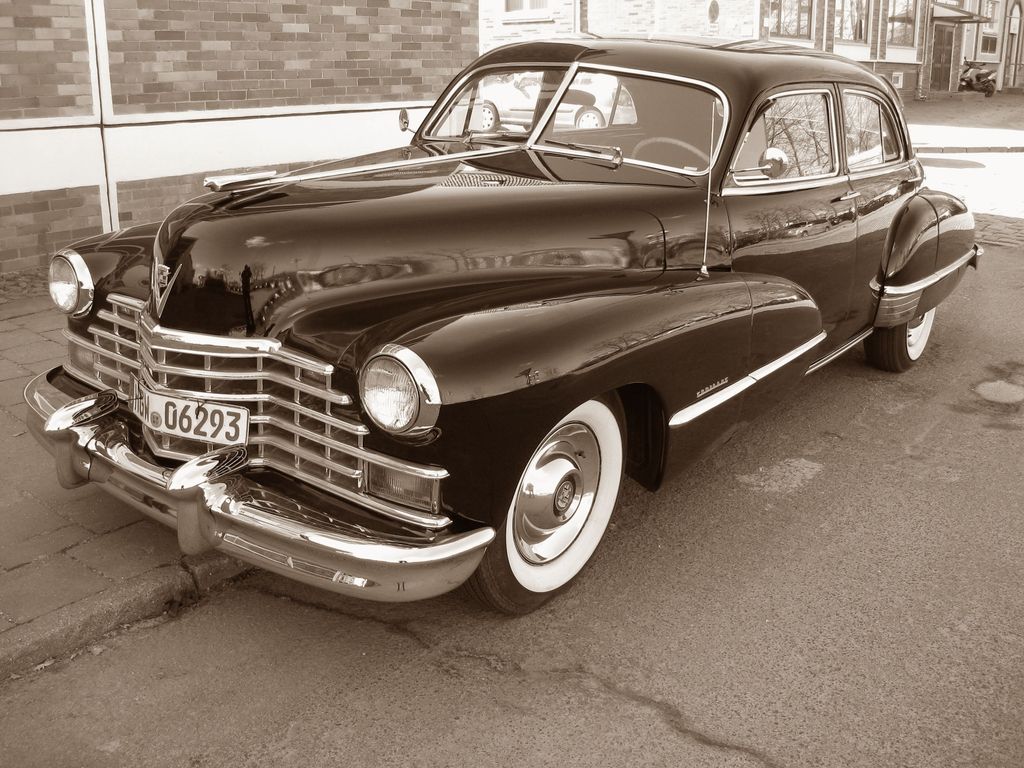
There is a uniquely American story etched into the chrome of a vintage automobile and lingering in the aroma of coffee and sizzling bacon from a roadside diner. It’s a narrative born from the open road, a testament to freedom, community, and the timeless pursuit of simple pleasures. For generations, the hum of a classic engine and the glow of a neon diner sign have been intertwined, creating a cultural tableau that speaks volumes about a nation on the move.
This isn’t merely a coincidence of location; it’s a deep-seated cultural phenomenon where two distinctly American icons found their perfect complement. The car, especially during its golden age, was more than just transportation; it was a character in the story of weekend rituals, social connections, and the thrill of discovery. And what better partner for these wheeled adventurers than the roadside diner, a beacon of hospitality, comfort, and consistent character along countless highways?
Join us as we take a journey through the heart of this connection, exploring the moments, the places, and the enduring spirit that bind classic cars and roadside diners together. We’ll delve into the foundational experiences that cemented this relationship, celebrate the community it fostered, and visit some of the cherished establishments that continue to serve up history on a plate, alongside their signature dishes and endless cups of coffee.
1. **The Drive-In Theater: A Prelude to the Diner Experience**Before the ubiquity of streaming services and even before the dominance of multiplex cinemas, a generation of young Americans found their weekend ritual at the drive-in theater. This wasn’t merely a place to watch a movie; it was a vibrant social network, a precursor to the digital connections of today. Imagine a warm summer night, the clunky metal speaker hooked to your car window, and the shared anticipation of the silver screen under the stars.
The car itself became an integral part of this cinematic experience, evolving from a mere conveyance to a private box seat, a place for freedom and burgeoning romance. Movies like *Grease* and *American Graffiti* didn’t just depict this scene; they immortalized it, capturing a spirit of youth, community, and unbridled connection that resonated deeply with the American psyche. It was here, in the glow of the big screen, that the automobile truly began its role as a cultural icon.
This collective experience, often concluding as the credits rolled, naturally channeled the energy and camaraderie of the evening towards the next logical gathering spot. The drive-in was often just the first act of a larger social drama, setting the stage for where these groups of friends and couples would continue their conversations, their flirtations, and their celebrations into the late hours of the night. It was a perfectly choreographed movement from one social hub to another, powered by the very vehicles that defined the era.

2. **The Diner: A Chrome and Neon Social Hub**As the final scenes faded from the drive-in screen, a procession of cars would converge, almost instinctively, on the local diner. With its distinctive checkered floors, comfortable red vinyl booths, and flashing neon signs that pierced the night, the diner was much more than a place to eat; it was the indisputable social epicenter of the town. It served as a brightly lit anchor in the landscape of American nightlife, drawing in everyone from cruising teenagers to weary travelers.
The parking lot of these diners often became an extension of the social scene, a vibrant open-air exhibition. Here, guys would proudly pop their hoods, showcasing freshly polished engines, each gleam reflecting hours of dedication and pride. The low hum of idling engines and the occasional roar of a revved motor formed the constant background music to a symphony of laughter, chatter, and the clinking of glasses. It was a space where the vehicles themselves were conversational pieces, symbols of status, style, and personal expression.
Inside, the atmosphere was equally electric. The aroma of coffee, fries, and grilled onions permeated the air, blending with the tunes from tabletop jukeboxes. This was a place where stories were swapped, plans were made, and the day’s adventures were recounted. The diner, with its unique blend of accessibility and character, provided a welcoming, informal stage for the continuation of the evening’s social tapestry, solidifying its role as the quintessential post-drive-in gathering point.
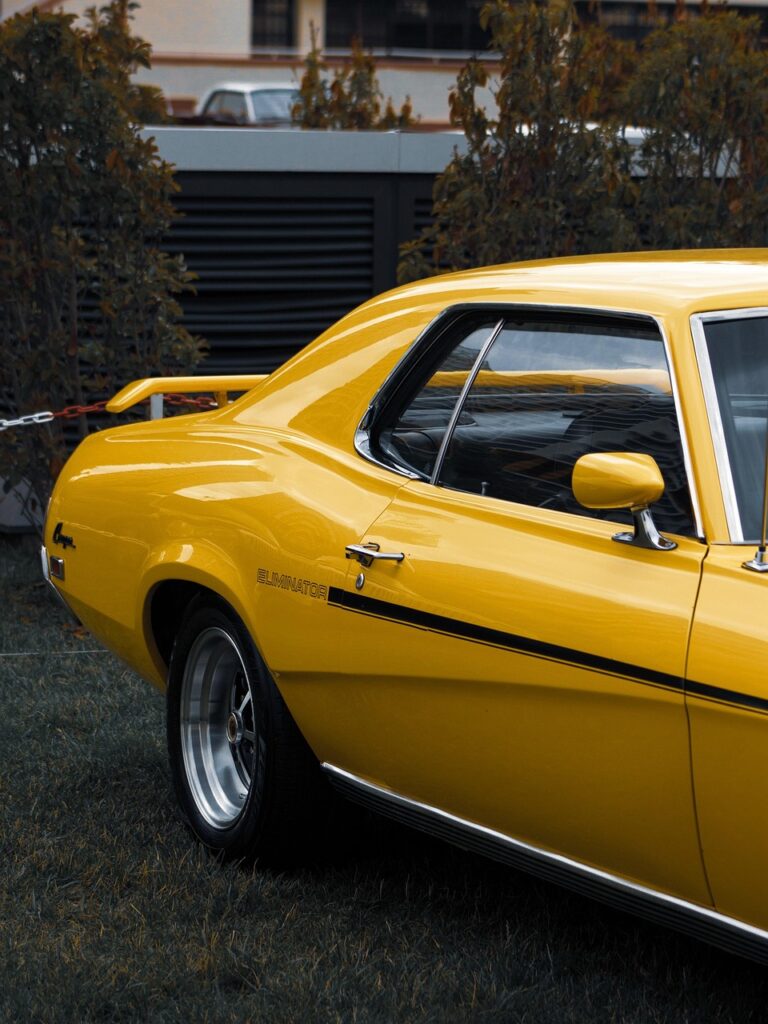
3. **More Than Just Cars: A Culture of Community**What truly elevated this era beyond mere fascination with automobiles was the rich culture of community that blossomed around them. It wasn’t solely about the vehicles themselves, magnificent as they were; it was about the shared experiences they facilitated and the profound joy derived from simply being together. The drive-in and the diner, in their shared sphere of influence, became crucibles where stories were spun, friendships deepened, and lifelong memories were indelibly forged.
In these communal spaces, the car might have been the dazzling centerpiece, a symbol of personal freedom and style, but the real star was unequivocally the community built around it. It fostered a sense of belonging, a shared identity among those who reveled in the roar of an engine, the gleam of chrome, and the comforting familiarity of a diner booth. This collective spirit transcended socio-economic divides, bringing together diverse individuals under a common banner of roadside camaraderie.
This era underscored a fundamental human need for connection, satisfied not through digital interfaces but through tangible, face-to-face interactions. The road trips, the drive-in nights, the late-night diner talks—all these elements wove together to create a robust social fabric. It was a time when the simple act of cruising, of gathering, and of sharing a meal became profound acts of community building, leaving a legacy that continues to inspire nostalgia and appreciation for genuine human connection.
Read more about: The Billion-Dollar Echo: How Savvy Brands Are Monetizing Nostalgia to Capture Hearts and Wallets
4. **The Midwest’s Diner Culture: A Slice of American History**Nowhere is the deep cultural significance of the roadside diner more profoundly felt than in the American Midwest. These chrome-plated, neon-lit establishments, scattered across the region’s vast network of highways, are far more than just eateries; they are living museums of American culture. In the heartland, diners dish out not only hearty meals but also a tangible link to decades of migration, cherished family traditions, working-class resilience, and the very essence of culinary Americana.
The rise of the Midwest’s distinctive diner culture is inextricably linked to the explosion of car culture in the 20th century. As families increasingly embraced the freedom of the open road, venturing out on cross-country adventures and local excursions, diners began to sprout up organically on the fringes of small towns and at crucial highway junctions. Many of these early establishments started their lives as “lunch cars”—small, prefabricated buildings that could be efficiently trucked in and set up overnight, a marvel of early modular design.
Over the decades, these unassuming eateries gradually transformed into beloved landmarks. Their appeal lay not just in their unparalleled convenience for travelers but also in their unwavering consistency, the profound comfort they offered, and their distinctive character. They became indispensable pit stops and gathering places, reflecting the agricultural heartbeat of the region with generous portions, familiar flavors, and dishes steeped in a rich tapestry of nostalgia, a true slice of history on every plate.
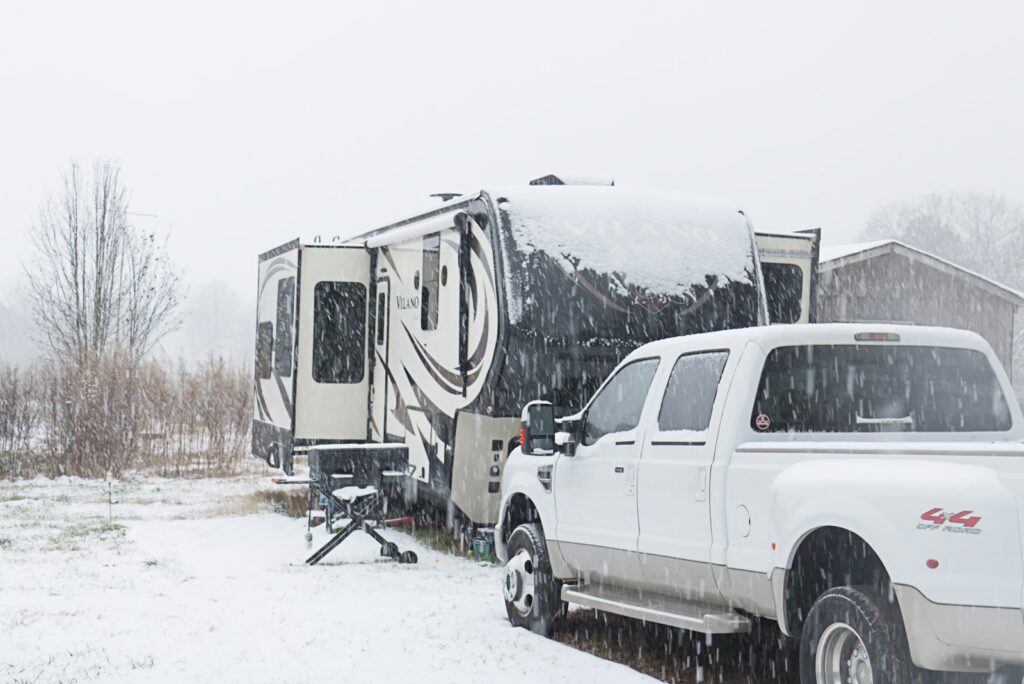
5. **The Nostalgia Effect: Why People Still Love Diners**Beyond the immediate gratification of a hot meal or a quick coffee, people are drawn to diners for a more profound reason: they go to remember. The atmosphere within these establishments is steeped in memories, evoking a time when the waitress might affectionately call you “hun,” the booths were invariably packed with lively patrons, and the jukebox effortlessly played your favorite song. This powerful connection to the past is an experience that many modern restaurants strive to emulate, but few achieve with the same genuine authenticity.
In an era saturated with highly themed restaurants and meticulously curated menus, the enduring appeal of the classic diner often boils down to a fundamental simplicity: a solid burger, a generous stack of fluffy pancakes, and a welcoming environment where children feel at home and the service feels genuinely personal. It’s the comfort of the familiar, the promise of reliability, and the human touch that transcends fleeting trends and fads, anchoring diners in the hearts of their patrons.
Today, this potent connection to the past is not merely a relic but a dynamic force that smart establishments are learning to blend with modern conveniences. They might introduce QR code menus while still offering the reassuring presence of an old-school paper copy, embrace online review platforms without sacrificing the warmth of human interaction, and integrate technology that enhances operations without ever replacing the irreplaceable human touch. It’s a delicate balance, but one that ensures the nostalgic charm of diners continues to thrive for new generations.
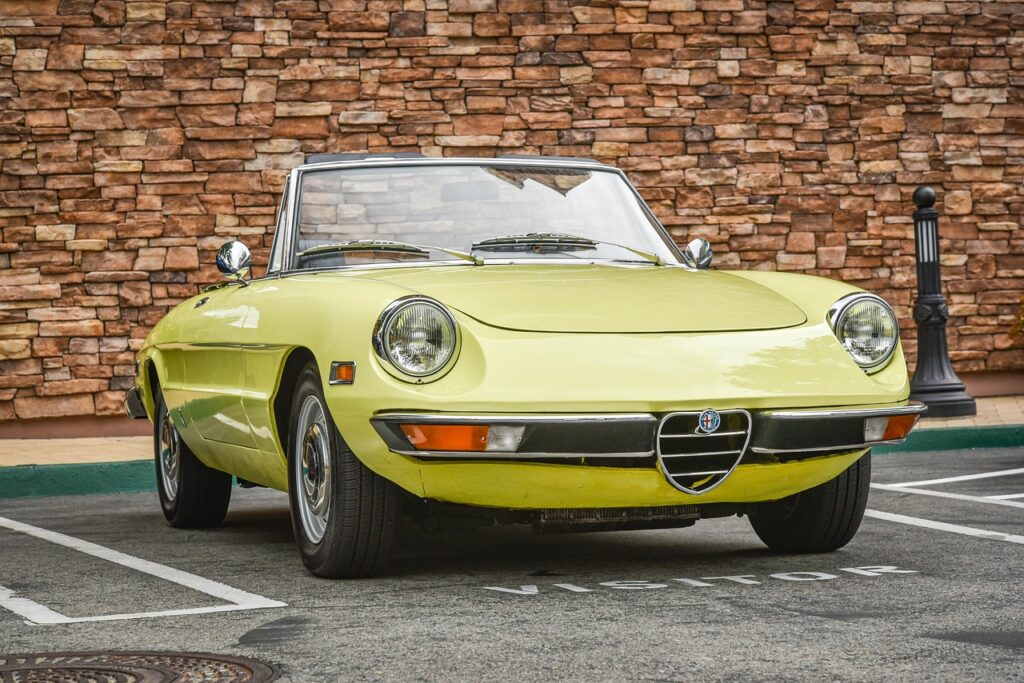
6. **Al’s Diner, Chicopee MA: A Timeless New England Landmark**Journeying into the vibrant tapestry of American diners, Al’s Diner in Chicopee, Massachusetts, stands as a testament to enduring quality and classic charm. Just behold that classic stainless steel exterior, gleaming majestically in the Massachusetts sun—a beacon for hungry travelers and loyal locals alike. This isn’t just a building; it’s a perfectly preserved monument to a bygone era, yet it remains vibrantly alive and welcoming in the present day, a true roadside gem.
Stepping inside, one is immediately transported to a simpler time, a place where the menu promises the same no-nonsense breakfast your grandparents might have heartily enjoyed. The counter stools, with their comforting cushions, have cradled countless behinds since the post-war era, each mark and scuff a whisper of conversations, laughter, and quiet reflections. It’s a legacy of hospitality, an unspoken continuity that makes every visit feel like a homecoming, steeped in tradition and familiarity.
Indeed, the attention to detail at Al’s is remarkable, especially when you pay close attention to the hand-painted signage. This level of meticulous craftsmanship, so prevalent in earlier decades, regrettably began to disappear once the era of ubiquitous chain restaurants took over. The very presence of such artistry speaks volumes about a commitment to quality and individuality. And as for the pie case—that rotating display of delectable, homemade goodness—it doesn’t merely hold desserts; it deserves its own historical marker, a vibrant, tantalizing testament to culinary heritage and sweet nostalgia.
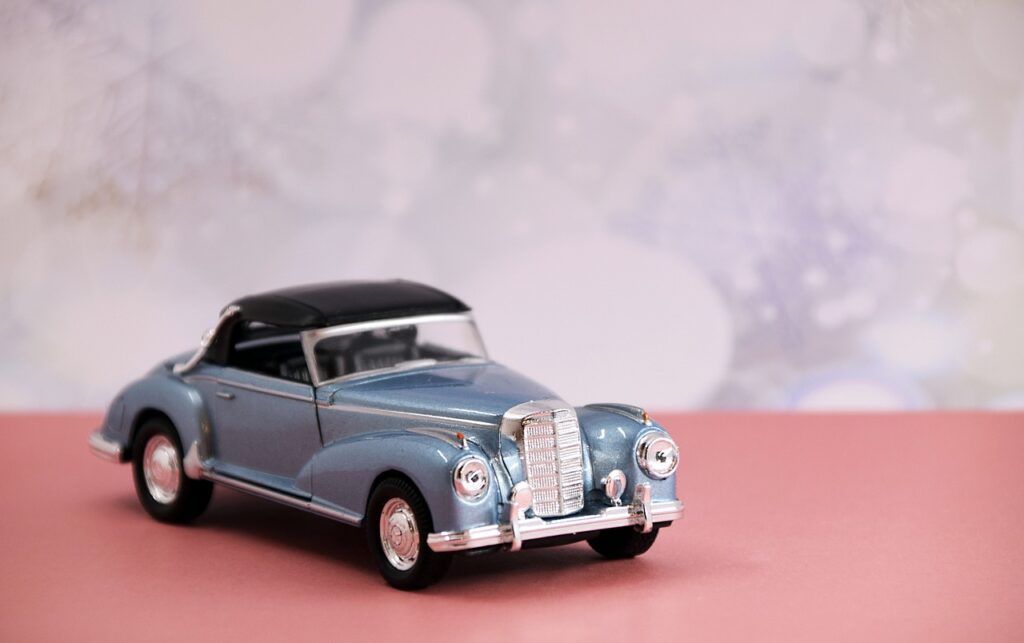
7. **Arnold’s Wayside Diner, Lincoln NH: Mountain Serenity and Roadside Meals**Nestled against the breathtaking backdrop of New Hampshire’s majestic White Mountains, Arnold’s Wayside Diner extends a warm, genuine welcome to a diverse array of patrons, from weary hikers seeking sustenance after a challenging trail to road-trippers on a grand New England adventure. This isn’t just a dining spot; it’s an integral part of the regional experience, embodying the rugged charm and hospitality of the Granite State, a true haven along the picturesque routes.
The moment you step through its doors, a comforting embrace of aromas envelops you. The wooden paneling inside, burnished by decades of shared meals and convivial conversation, smells faintly yet distinctly of maple syrup and bacon grease—a scent profile that many would argue is arguably the most comforting aroma imaginable. It’s an olfactory signature that immediately speaks of home-cooked goodness, hearty portions, and the enduring spirit of roadside dining, etching itself into your memory.
Within its inviting walls, a vibrant tableau of American life unfolds. Truckers, seasoned travelers of the White Mountain roads, still gather here to swap tales of their journeys and share local lore over massive portions of food, finding solace and camaraderie. The very walls of Arnold’s are a historical archive, adorned with vintage license plates and faded photographs that serve as silent witnesses to countless roadside conversations, embodying the rich tapestry of human experience that has unfolded within this cherished establishment for decades.

8. **Brooklyn Diner, New York City**Despite its decidedly urban address, the Brooklyn Diner near Times Square on West 43rd Street in New York City effortlessly maintains an authentic charm that transcends its metropolitan bustle. As the neon signage cuts through the foggy Brooklyn mornings, it serves as a magnetic beacon, drawing in weary taxi drivers and diligent early-shift workers seeking solace and sustenance. It is a vibrant testament to the enduring appeal of the classic diner aesthetic, even amidst the towering skyscrapers and relentless pace of city life, a reassuring constant in a city of perpetual motion.
Step inside, and the menu itself becomes a cultural tapestry, offering everything from comforting matzo ball soup to towering, generously portioned pastrami sandwiches. This culinary breadth reflects the diner’s role as a gathering place for the diverse populace of the city, a melting pot where quintessentially American surroundings host conversations in languages from around the world. It’s a remarkable fusion of global voices within a distinctly local, timeless American institution, underscoring its unique ability to bring people together.
You’ll find that while the external view is undeniably Manhattan, the internal atmosphere channels the heart and soul of a classic roadside stop. There’s a comforting hum of chatter, the clink of silverware, and the unmistakable aroma of good, honest food being prepared. This deliberate cultivation of a welcoming environment ensures that every patron, whether a long-time local or a curious tourist, feels a genuine sense of belonging, finding a familiar embrace in the heart of the concrete jungle.
The Brooklyn Diner stands as a living paradox, a slice of small-town Americana firmly planted in the heart of one of the world’s largest cities. It bridges divides, offering a consistent, welcoming space where the familiar clang of plates and the aroma of freshly brewed coffee provide a brief, cherished respite. This establishment proves that the spirit of the roadside diner isn’t confined to long stretches of highway; it thrives wherever community and comfort are sought, even on a bustling city street.
Read more about: Your Ultimate NYC Foodie Bucket List: 14 Must-Visit Restaurants That Are Absolutely Slaying the Culinary Scene!
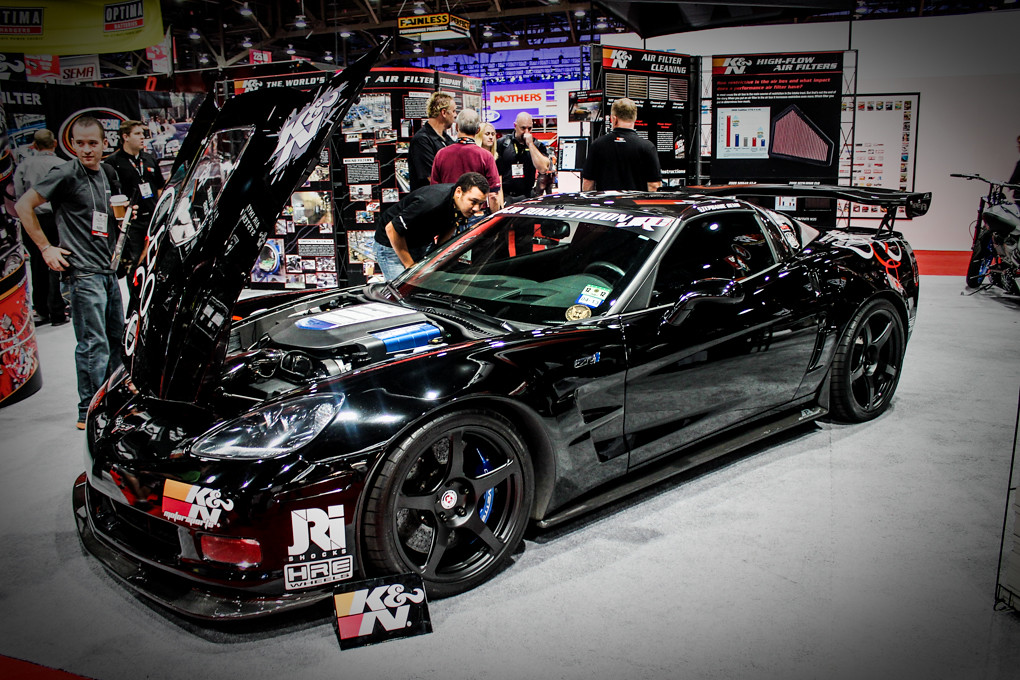
9. **Crazy Otto’s Empire Diner, Herkimer NY**Just outside Herkimer, New York, stands Crazy Otto’s Empire Diner, an undeniable art deco beauty whose streamlined stainless steel design perfectly encapsulates the golden age of diners. Its magnificent curves and gleaming exterior showcase the meticulous craftsmanship that defined this iconic architectural style, inviting travelers to step back in time. Originally manufactured by the renowned Fodero company, this roadside gem found a vibrant new lease on life under the stewardship of Otto, whose “crazy” nickname likely attests to his spirited dedication to preserving a piece of Americana.
The diner’s distinct railroad-car styling is no mere coincidence, but rather a direct homage to its historical lineage. Many classic diners, in fact, were quite literally built using retired passenger cars, or meticulously manufactured to mimic their elongated, sleek forms. This design choice speaks to an era when train travel was a symbol of progress and adventure, an ethos diners adopted to provide a sense of journey and destination even for those simply stopping for a meal, connecting them to the broader narrative of American transportation.
Inside, the commitment to its heritage is palpable. From the layout that mirrors a vintage train carriage to the thoughtful preservation of original fixtures, every detail contributes to an immersive experience. Patrons don’t just eat; they dine within a piece of living history, surrounded by the echoes of countless travelers who have sought comfort and sustenance within these very walls. It’s a powerful connection to the past, brought vividly to life through careful preservation and consistent operation.
Crazy Otto’s Empire Diner serves as a brilliant, tangible link to this rich past, a place where the architectural narrative is as compelling as the food on the plate. It’s a reminder of a time when design was integral to the experience, transforming a simple eatery into an emblem of American ingenuity and roadside charm. It remains a cherished landmark, its polished chrome reflecting the enduring allure of a bygone era and the timeless appeal of a truly unique dining destination.
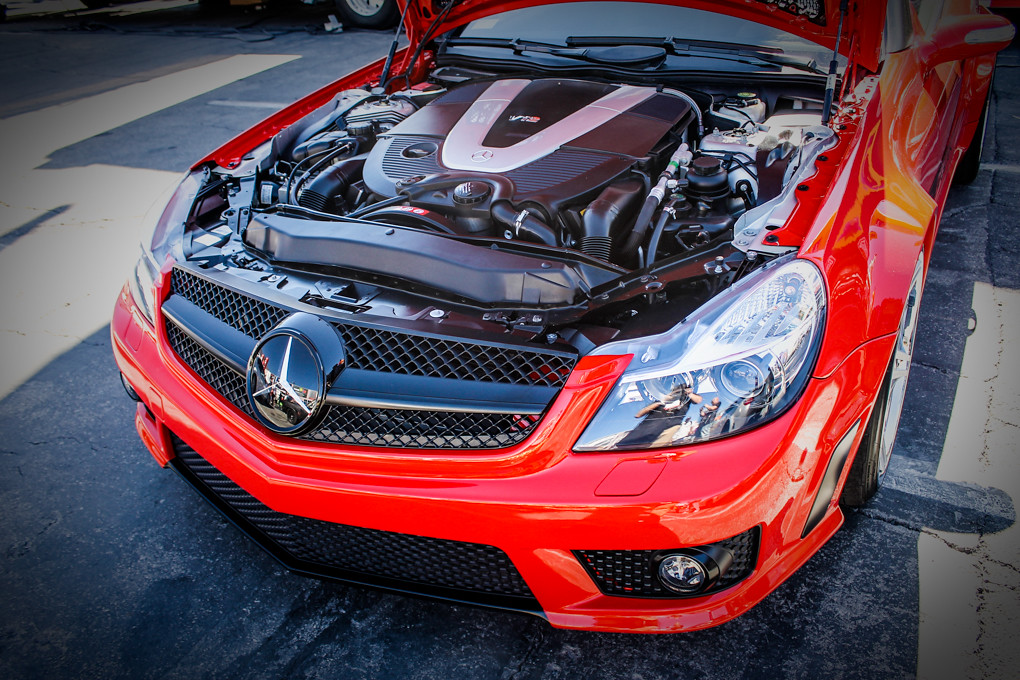
10. **East Side Diner**The East Side Diner, with its inviting red vinyl booths, has silently borne witness to generations of American life, cushioning countless first dates, joyous family celebrations, and intense late-night study sessions. These booths are more than just seating; they are repositories of memories, each scuff and worn patch telling a story of shared moments and indelible connections that span decades. This establishment perfectly embodies the role of a community anchor, weaving itself into the very fabric of local life.
Beyond the storied seating, the East Side is renowned for its signature hand-spun milkshakes, legendary concoctions that famously require two hands to hold and arrive with the mixing cup alongside, ensuring that all-important extra sip. This dedication to generous portions and simple pleasures defines the diner experience, offering a tangible sense of value and homemade quality that resonates deeply with patrons, evoking a simpler, more abundant time.
The walls, meanwhile, are a vibrant mosaic of local sports memorabilia, a testament to community pride and shared passions that resonate with every patron who walks through its doors. These visual narratives, often featuring local high school teams or cherished town heroes, serve as conversation starters and reinforce the diner’s role as a true gathering place. It’s a space where local legends are celebrated, both on the field and at the counter, fostering a unique sense of camaraderie.
What truly solidifies the East Side Diner’s enduring appeal is its unwavering consistency. The specials board, with its familiar offerings and prices, might not have changed as frequently as perhaps it should have in the eyes of some, but this steadfastness is precisely its charm. In a world of constant flux, the East Side offers a comforting predictability, a reliable haven where the flavors and the friendly faces remain reassuringly constant, embodying the timeless essence of diner culture for young and old alike.
Read more about: Grabbing Lunch? 14 Sandwich Shops We’re Definitely Bypassing for Freshness and Flavor.
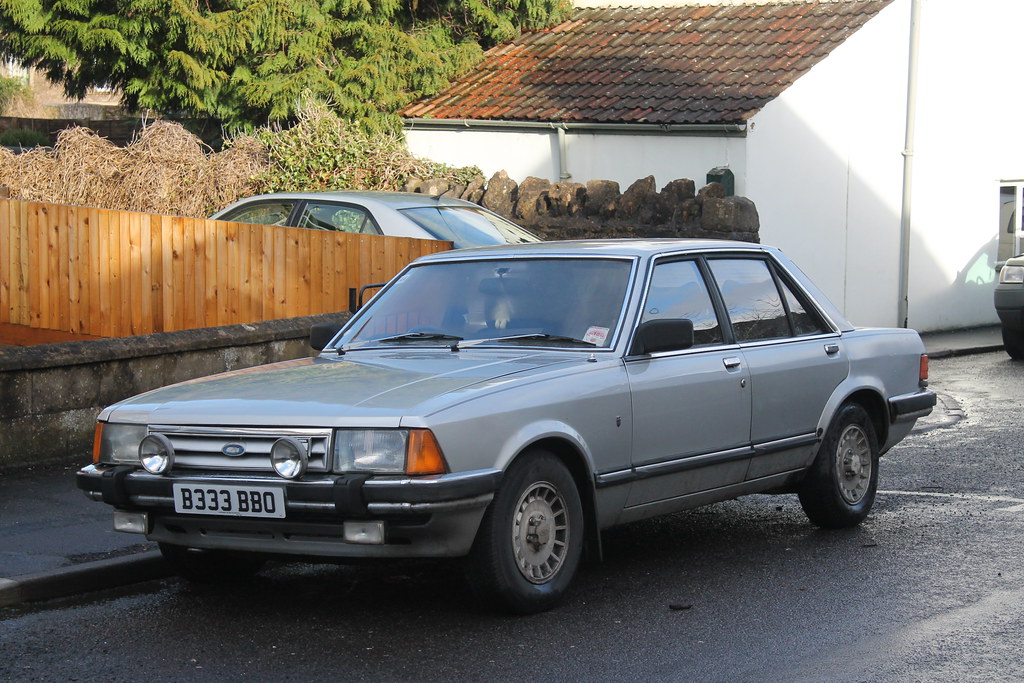
11. **Embassy Diner**For decades, the Embassy Diner has held its ground, its gold-flecked Formica countertops silently witnessing countless coffee refills, spirited political debates, and the quiet unfolding of daily life. Since the Eisenhower administration, its iconic neon sign has cut through countless foggy nights, a warm, beckoning glow for all who travel America’s roads. It stands as a timeless sentinel, a familiar landmark in an ever-changing landscape, offering a consistent promise of comfort and good food.
The experience within the Embassy Diner is often a theatrical one, particularly when observing the short-order cook. With remarkable precision, he flips eggs, never once dropping his cigarette ash, a testament to decades of practiced artistry and unwavering focus. This mastery of the grill is an integral part of the diner’s charm, a performance alongside the meal that adds to its unique character and provides a fascinating glimpse into the rhythm of a working kitchen, creating an atmosphere that is both bustling and deeply personal.
Adding to the allure is the rotating pie case, a mesmerizing display of delectable desserts that moves slowly enough to hypnotize you between bites of a perfectly crafted club sandwich, served with impossibly crisp pickle spears. This careful presentation of classic American comfort food reinforces the diner’s dedication to quality and tradition, making every meal a satisfying journey into culinary heritage and a truly memorable experience.
Indeed, every element at the Embassy Diner, from the seasoned staff who seem to know everyone by name to the meticulously prepared food, speaks of a profound commitment to quality and consistency. It’s a place where the past feels ever-present, offering a cherished stop that preserves a vibrant slice of classic American dining, welcoming patrons to partake in a living piece of history with every visit.
Read more about: Al Pacino at 83: Beyond the Godfather – Unveiling a Cinematic Titan’s Unfolding Legacy, Personal Truths, and Unyielding Dedication to the Craft
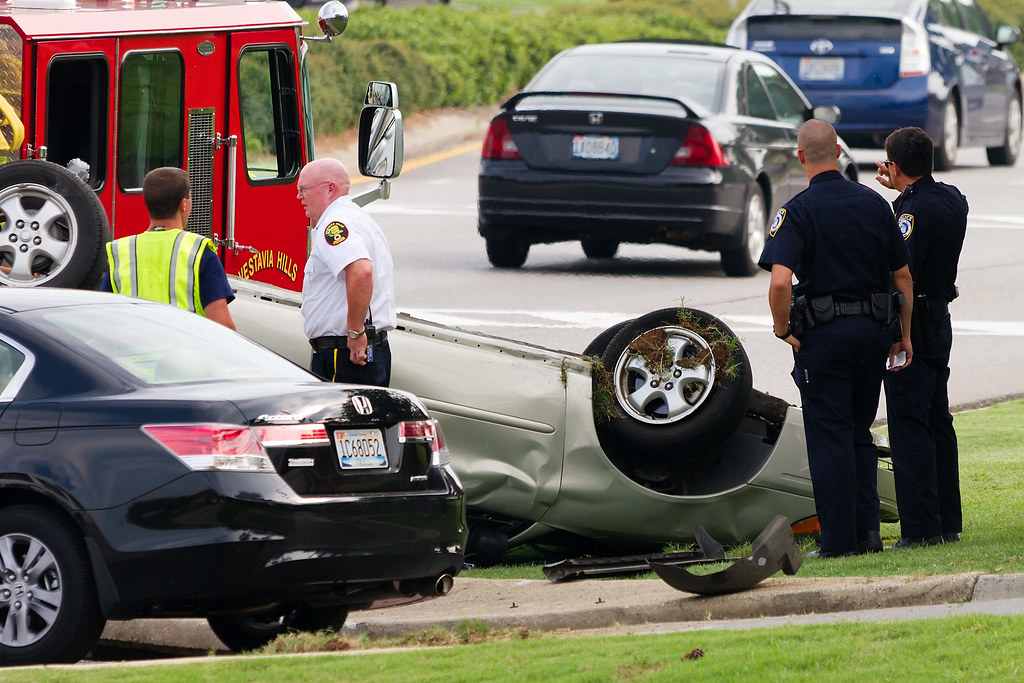
12. **Forgione’s Dairyhaus Ice Cream (Diner), Route 6**Along the historic stretch of Route 6, the Forgione family didn’t just serve ice cream; they meticulously crafted a beloved community institution: Forgione’s Dairyhaus Ice Cream, which included an attached diner. This establishment became a cherished hub, especially on warm summer evenings when teenagers would crowd around its Formica tables, their laughter mingling with the nostalgic tunes played on the jukebox. It was a place where simple pleasures created lasting memories, echoing the golden age of roadside stops.
The homemade ice cream from Forgione’s predated the modern “artisanal” marketing by decades, representing a genuine dedication to quality and traditional preparation that spoke for itself. This commitment to authentic, handcrafted goodness was a hallmark of their operation, drawing families and travelers back time and again for a taste of genuine Americana, a sweet treat rooted in timeless tradition.
This dedication extended seamlessly to the attached diner car, which diligently kept truckers fueled with massive, hearty omelets, regardless of the challenging weather conditions outside. It served as a vital refueling station for those navigating the long routes, a beacon of warmth and sustenance that understood the demanding lives of those on the road, offering hearty portions that truly “stick to your ribs.”
Remarkably, both the ice cream parlor and the diner sections of Forgione’s maintained an immaculate, sparkling cleanliness that would undoubtedly impress even the most fastidious of relatives. This dedication to hygiene and presentation, coupled with its dual function as both a sweet treat destination and a hearty meal provider, solidified its legacy as a truly invaluable landmark along one of America’s most iconic highways, a testament to enduring family enterprise and roadside hospitality.
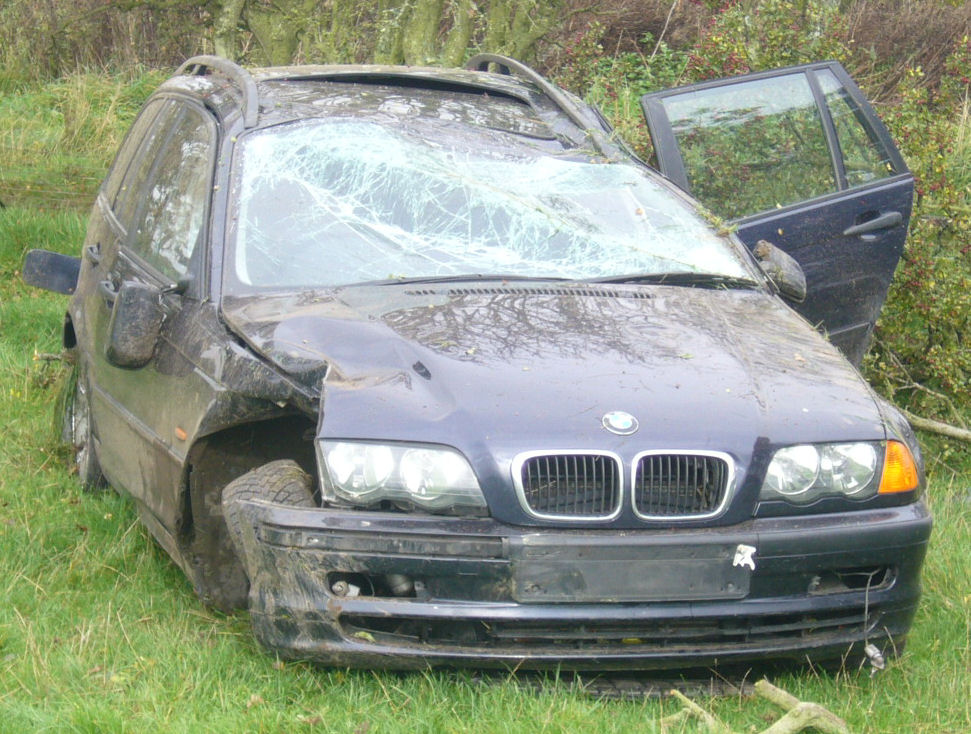
13. **Adapting and Thriving: The Modern Diner’s Evolution**The story of America’s beloved diners is far from over; these cultural touchstones are not merely static relics of a bygone era but dynamic institutions continually adapting and thriving in the modern age. While they meticulously preserve their cherished nostalgic appeal, they also gracefully evolve to meet contemporary demands, proving their enduring relevance. This delicate balance ensures their continued presence as vital community anchors, even in an increasingly digital world.
A significant shift is the renewed emphasis on fresh ingredients and local sourcing, moving beyond the necessity of frozen goods that once served volume and speed. Today, diners are elevating their menus without compromising the classics, offering delights such as gluten-free pancakes alongside traditional scrapple, or farm-to-table hashes paired with bottomless filter coffee. This commitment to quality enhances the flavor, presentation, and ultimately, the customer experience, satisfying a new generation of discerning patrons who value both authenticity and health.
Furthermore, new ownership is stepping in, breathing vibrant life into old spaces across the country. These younger proprietors are upgrading coffee machines, reimagining menus, and updating interiors, all while fiercely protecting the soul of the place. They smartly integrate technology like analytics and delivery platforms, refining the customer experience without disrupting the fundamental warmth and familiarity that made diners so wonderful in the first place, proving that innovation can coexist with tradition.
This intelligent blend of nostalgia and modern convenience is key to their success. Diners now expertly navigate the digital landscape, offering QR code menus while still providing the reassuring presence of an old-school paper copy. They embrace online review platforms without sacrificing the irreplaceable human interaction that defines their service, leveraging technology to enhance operations rather than replacing the authentic human touch that makes a diner a true community hub.
Ultimately, this thoughtful adaptation ensures that the nostalgic charm of diners continues to thrive for new generations of patrons, from Wall Township to wider New Jersey and beyond. They remain culinary time capsules, living tributes to blue-collar hospitality, regional pride, and genuine human connection. By embracing both tradition and innovation, these establishments cement their legacy as indispensable parts of the American landscape, ready to welcome travelers for decades to come, proving that history can be both preserved and progressively served.
From the gleaming chrome of a perfectly restored classic car to the warm glow of a neon diner sign, these icons represent more than just machinery and meals; they embody the enduring spirit of American freedom, adventure, and community. They are the silent witnesses to countless journeys, whispered confessions, and boisterous celebrations, forever intertwining the open road with the promise of a welcoming haven. So, the next time you hear the rumble of a vintage engine or catch the enticing aroma of coffee and sizzling bacon, pause for a moment. You’re not just observing history; you’re experiencing a living, breathing testament to a bond that continues to define a nation, one unforgettable mile and one comforting meal at a time. The American road, with its timeless diners and classic cruisers, forever beckons.


